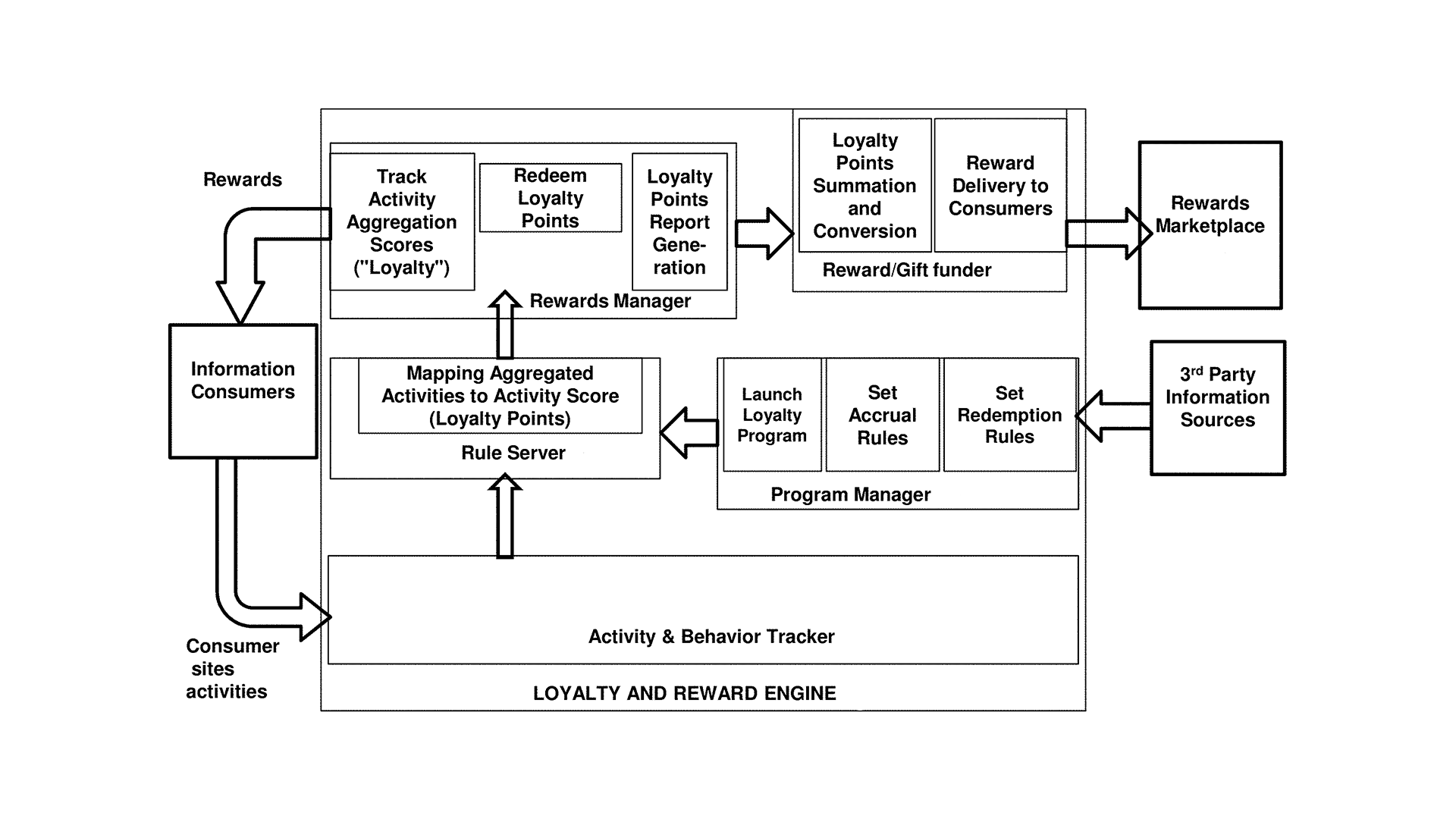
Navigational Challenges in Current Electronic Medical Record Application Systems
Electronic Medical Records (EMRs) have revolutionized modern healthcare, providing a streamlined mechanism to capture, maintain, and analyze patient data electronically. These digital platforms offer healthcare professionals the ability to access and modify patient records in real-time, even allowing multiple users to interact with the same patient profile concurrently. Furthermore, the ability to instantly evaluate patient data to discern patterns and correlations, and to interface with expansive medical databases for consultation, is undeniably transformative. Electronic medical record application have played a pivotal role in this transformation.
However, the inherent complexity and sensitivity of medical data bring forth several challenges. Patient medical records are a veritable treasure trove of sensitive information, necessitating stringent confidentiality measures. While these systems offer impressive functionalities, the very breadth and depth of the data they house can sometimes hinder smooth and intuitive navigation. Additionally, ensuring that only authorized individuals access pertinent segments of these records, while maintaining the sanctity of patient-doctor confidentiality, has been an enduring challenge.
Pioneering the Next Generation of EMR Surveillance Systems
The envisioned surveillance system heralds a significant leap forward in addressing these challenges. The new patented technology is equipped to monitor the navigation through various interfaces of the EMR application meticulously.
At the core of this system is the context-sensitive technology, advanced tooling and framework that captures Electronic Medical Record (EMR) navigation patterns in real-time. Beyond simple data capture, it processes this navigation data by integrating application-specific, user-specific, and context-sensitive parameters. Such granularity ensures that the navigation data is not viewed in isolation but is instead seen within the broader context of user intent and situational parameters.
Accompanying the context-sensitive technology is the information management service. This is designed to retrieve pertinent data segments from a network of distributed databases, supplying them to the Electronic Medical Record (EMR) system in real-time. This ensures that healthcare providers have access to the most up-to-date and pertinent data at every step of their navigational journey.
The analytical capability of the patented technology is pronounced. The system systematically reviews the various navigation interfaces associated with the EMR during specific workflow events. It correlates this analyzed navigation data with the contextual information, comparing it to the data stored in the corresponding database. This allows for the detection of discrepancies in navigation patterns, identifying potential security issues in real-time.
Setting New Standards for Confidentiality and Security in EMRs
This advancement provides the healthcare community with a monitoring system that is not just reactive but also proactive. Through continuous observation and analysis of navigational patterns, coupled with ensuring congruence between information flow and contextual parameters, a novel paradigm in EMR security is established. This ensures the integrity of patient data, immediate detection of access anomalies, and enables healthcare professionals to interface with expansive digital databases with increased precision and assurance.
Deciphering the Advanced Conceptual Architecture of EMR Navigation Surveillance
The architecture of EMR Navigation Surveillance is predicated on advanced algorithms and methodologies, facilitating precise data monitoring. Electronic Medical Record (EMR) systems have transitioned into more than just digital warehouses of medical data. Advancements in technology have positioned them to be proactively sensitive and responsive to contextual dynamics. This structure integrates context-sensitive mechanisms to optimize both patient navigation and situational comprehension.
An essential element of this monitoring technology is the contextual analysis, strategically integrated into the Electronic Medical Record (EMR) system. Beyond basic real-time recording of navigation patterns in the EMR application, this engine delves into the intricacies of context. The data it captures isn’t just about ‘what’ the user is doing, but also ‘why’ they might be doing it. This is evident from its ability to record not just application-sensitive data but also user-centric and broader context-centric data.
Addressing inconsistencies isn’t just about detection; it’s about timely and effective communication. On identifying any inconsistency, the system creates a signal that’s then translated into a visual display, ensuring that any aberrations in navigation patterns are not just recorded, but also prominently flagged for corrective action.
Positional Verification through Handheld Device-Based GPS System
Introducing another layer of verification is a GPS technology. This system does more than just display outputs; it infuses locational context into the mix. By understanding where an action is taking place, it provides a secondary stream of validation. For instance, if an access attempt occurs from an unusual location, it might be flagged as suspicious. This locational context acts as an additional security layer, ensuring that data access is not just about who is accessing it but also where it’s being accessed from.
In essence, this advanced EMR Navigation Surveillance technology prioritizes contextual awareness, dynamic data integration, vigilant analytical prowess, effective communication of inconsistencies, and locational verification to ensure that medical data is accessed in a manner that is both insightful and secure.
